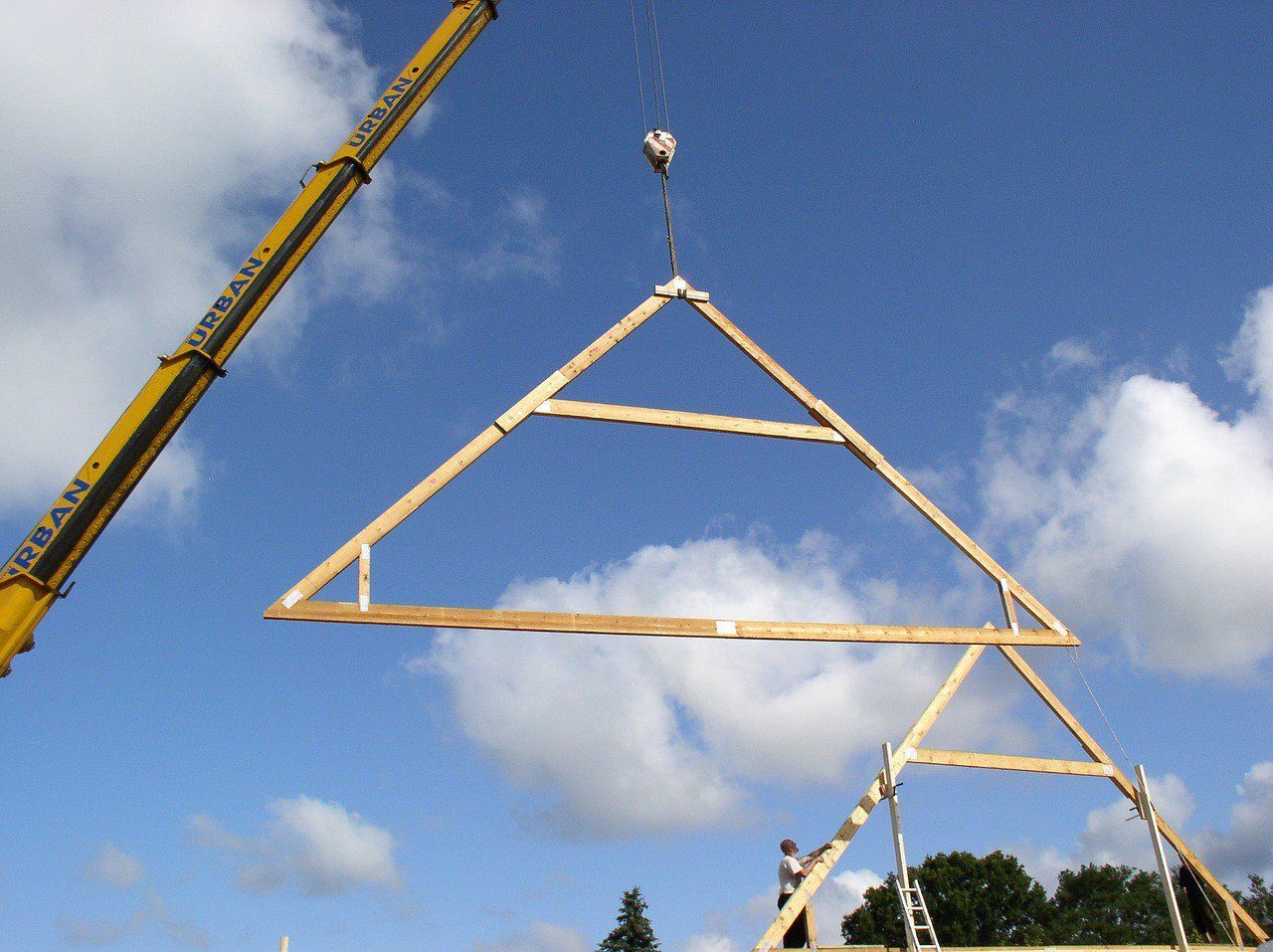
What’s the difference between a roof truss or a rafter?
One of the many questions that lingers in the mind of many prospective builder is ‘what on earth is the difference between a truss or a rafter?’ and also ‘why use a truss instead of a rafter?’. In this article we delve into this, and decide what works best for each.
What are Rafters?
Rafters are sloped framing members running downwards from the peak of the roof all the way to the plates of the outer walls they are the support for the roof’s weight, ceiling joists tie the outside wall towards one another and support the ceiling’s components for the lower room. It also works to secret the bottom ends of the rafters.
The process of creation involves carpenters building conventional rafter roof frames on-site. The rafters are then installed one piece at a time.
Rafters work very well; they also have relatively short lead times. They are built on site, and are often more appropriate for smaller buildings likes houses, sheds and garages. They take more man hours to install on site and a longer time period. While it also saves money on timber it needs highly skilled staff in order to install.
What are Roof Trusses?
Roof trusses are different. They are engineered and prefabricated roof structures, these are created to a triangulated system and made bespoke in a factory or workshop. The design instead carries the load of a home’s roof to the outer walls. They are designed for the particular building, then fabricated and shipped to the site ready for installation with a crane after the building’s walls have already been framed. The intelligent design here with the triangles incorporated into the structure allows trusses to distribute the weight that is bared over a much broader area. This is a more secure and integral system.
These days, more home builders are opting to go for pre-manufactured roof trusses instead of the traditionally used rafters.
The quality of a roof truss is really good too. They take longer to install but requires fewer people to make it happen. Trusses are better for larger structures, if the structure is too small it can be difficult to install. A crane is needed to install the truss. Prefabricated trusses are quite often very expensive, but they do come with very detailed installation instructions for the installers. For more information, you can check out a guide to roof trusses.
What’re the advantages of Trusses or Rafters?
Essentially, they both serve the same job. Trusses do require engineering and careful design for each job, so it is a little more time consuming than rafters which can be created more quickly. However, with proper management, this will not be an issue.
Trusses are shipped to the site and then lowered, in so initially they may be more expensive to buy. However, rafters require highly skilled staff and its time consuming to have them onsite, you need to pay for the man-hours.
Make sure that you work out exactly what you want for your building, and then make some inquiries, work out exactly how much each option is going to cost.
For more information give us a call or send us an email.


